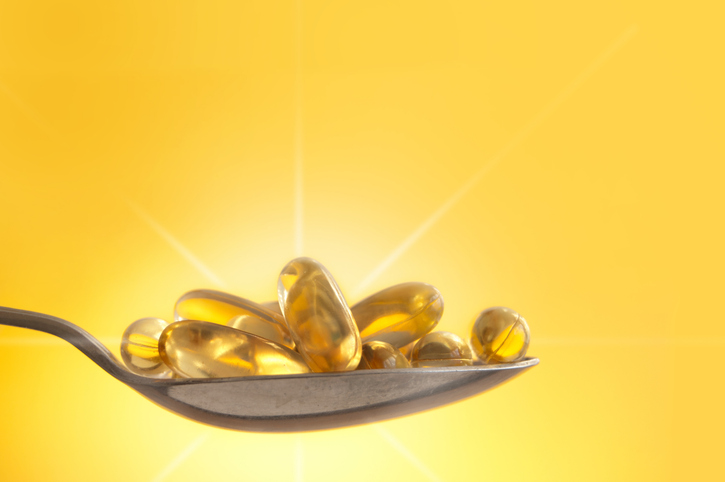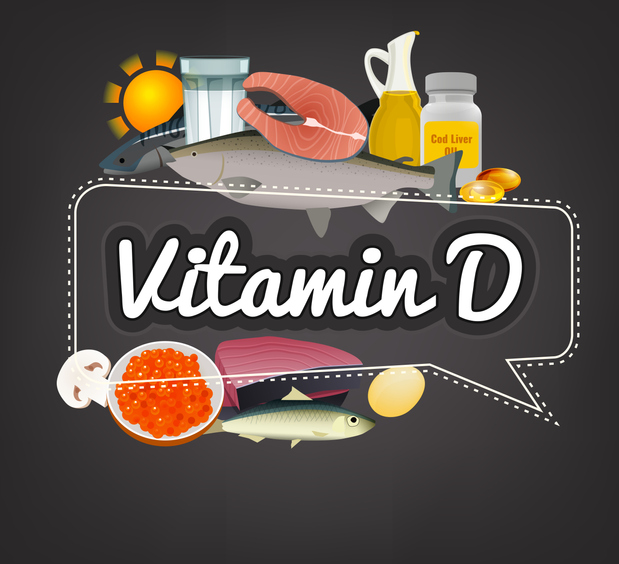Read Beyond The Headlines When The Issues Relate To Your Health

By Joy Stephenson-Laws, J.D., Founder
There is a great line from a movie where a U.S. senator finds himself in a situation that could trigger a major scandal. His wife tells him not to worry, since when people know the whole story, they will understand. His retort is that people “are not interested in the story, only the headlines.”
Unfortunately, given the demands on our time and wanting only the “topline,” many of us only get our news in soundbites or, at the most, by scanning the first few sentences of an article. While this approach may be fine for keeping up with world events, it is probably the worst way to keep up with news that may impact your health. It may, in fact, even put your health at risk.
One example of this is a recent story about a new study that suggests that vitamin D supplements do not actually prevent bone fractures in healthy adults without vitamin D deficiencies. If you only read the intro to the story, you would probably tell yourself, “Great, I can toss the vitamin D supplements and save some money.” You also would be confident in making this assumption given the amount of media coverage that seems designed to convince us that we “probably” get the nutrients we need from our diets and therefore “most people” don’t really need supplements.
But I would venture that you glossed right over the two very important qualifiers in that intro – namely healthy adults and without vitamin D deficiencies.
The reality is that most of us are not as healthy as we may like to think, and a vitamin D deficiency or insufficiency is far more common than you may imagine. There are also a variety of conditions and situations in which our bodies cannot effectively manufacture or use this important vitamin. Let’s look at these qualifiers in a little more detail.

Merriam Webster defines “healthy” as “the condition of being free from illness or disease.” While many of us may believe we are healthy, the truth is that we may not be as healthy as we may believe. In fact, a global study sponsored by the Bill and Melinda Gates Foundation suggests that only about 4 percent of people around the world have no health problems. It is also well known that as we get older, we are more likely to have at least one chronic health condition with almost all adults over the age of 80 having some health issue. Exacerbating this situation is that many of us have more than one health condition. So, I suspect that most of us would not have qualified for this study of vitamin D supplements and their benefit to bone health.
Contributing to our general level of unhealthiness are what I like to refer to as the “big three,” namely obesity, cardiovascular disease and diabetes.
Looking at obesity, for example, estimates are that more than two-thirds of us are either overweight or obese. When it comes to diabetes, the CDC estimates that over 11 percent of the U.S. population has diabetes. And last, but certainly not least, the American Heart Association estimates that almost half of U.S. adults have some form of cardiovascular disease. If you are a regular reader of pH blogs (which I hope you are), you will know that these three are also interrelated. Usually if you have one of these diseases, you have a high risk of having at least one of the others as well.
Many of us probably get some vitamin D either from the sun (which is why vitamin D is known as the “sunshine vitamin”) or our diet. However, the NIH estimates that nearly a quarter of us do not get enough vitamin D for bone health. There are a variety of causes of these insufficiencies, including:
- Being older than 50 (older skin is less able to make vitamin D from sunlight)
- Having sarcoidosis or lymphoma
- Obesity
- Gastric bypass surgery
- Living where there is little sunlight or spending too much time indoors
- Having darker skin, which like older skin makes less vitamin D from sunlight
- Taking medications, such as those that treat seizures, that can impact vitamin D levels
- Kidney or liver disease
- Conditions that impact nutrient absorption, such as celiac disease or Crohn’s disease
Vitamin D deficiency may not always be accompanied by symptoms. However, when symptoms are involved, they may include bone pain, muscle spasms, muscle weakness, bone fractures, scoliosis and rickets. Left unaddressed, a vitamin D deficiency over time may increase your risk for osteoporosis, cardiovascular disease, certain cancers, infections and inflammatory bowel diseases. To learn more about the health benefits of vitamin D, and health risks of not getting an adequate amount, check out these pH blogs.

How to Be Proactive
Since it is very difficult to know if you have a vitamin D deficiency based on how you feel, the only real way to know your vitamin D status is to take an easy blood test that your doctor can order as part of your routine physical. This type of nutrient testing is also important in general since other nutrient deficiencies may have vague symptoms (if any), so it’s not easy to know if you have any nutrient imbalances or deficiencies. These are more likely to affect people over 40 years, and it generally takes a long time for the effects of these deficits to manifest themselves in otherwise 'healthy' people. It is therefore important to be proactive and routinely test for vitamin D and other nutrient deficiencies and imbalances. Understanding and testing for deficiencies during childhood is also important since these can lead to several developmental disorders or impairments.
There is some ongoing discussion about exactly how much vitamin D you need since it depends on your age and any medical conditions you may have. For adults under 70, 600 IU daily is recommended and for those over 70, this amount is 800 IU. Some health experts, however, believe that these amounts are too low, especially if you have been diagnosed with osteoporosis. I would recommend getting your nutrient test to see how your vitamin D levels are and then discussing these with your doctor to see if dietary changes and/or supplementation are recommended for your individual situation.
If you need vitamin D supplements, only use those recommended by a competent healthcare practitioner. It is important that you take these as directed since not doing so may create a health risk for you. Also, be sure to read labels. When the label says, “proprietary blends,” for example, it means you don’t know exactly what is in the product. And don’t assume that just because a store calls itself a “drug store” or “health food store” that their house brands are reliable. Look for indications that the products are good quality and tested by a reputable third party. You may also want to consider IV vitamin drips or injections.
Other steps you can take to protect your bone health in addition to getting enough vitamin D include:
- Don’t Smoke. According to the NIH, several research studies have identified smoking as a risk factor for osteoporosis and bone fractures. This may be because, in general, smokers tend to drink more alcohol (which depletes the body of nutrients) and have poorer diets.
- Get Enough Sleep. A NIH study found that chronic sleep deprivation (CSD) may have a negative impact on bone mass and bone metabolism. And this may be because CSD has been reported to be associated with lower vitamin D concentrations.
- Drink Caffeine in Moderation. Drinking too much caffeine may interfere with calcium absorption in the body.
Enjoy your healthy life!
The pH professional health care team includes recognized experts from a variety of health care and related disciplines, including physicians, attorneys, nutritionists, nurses, and certified fitness instructors. This team also includes the members of the pH Medical Advisory Board, which constantly monitors all pH programs, products, and services. To learn more about the pH Medical Advisory Board, click here.







